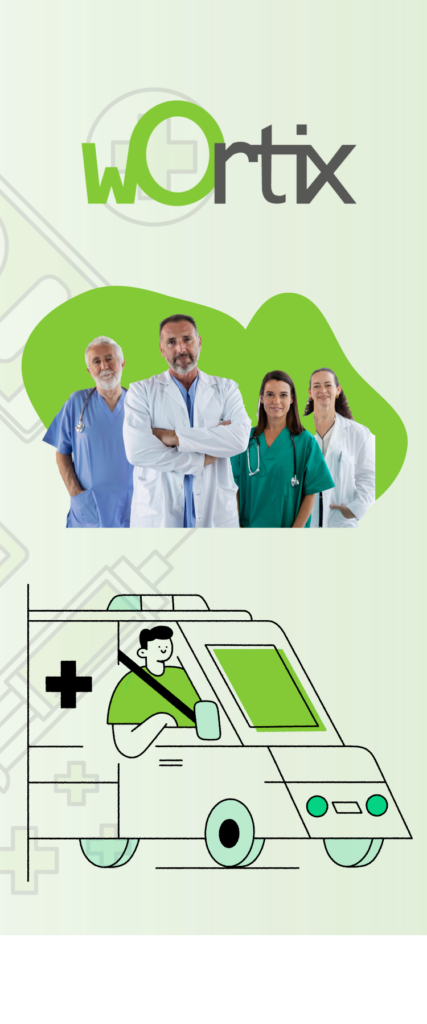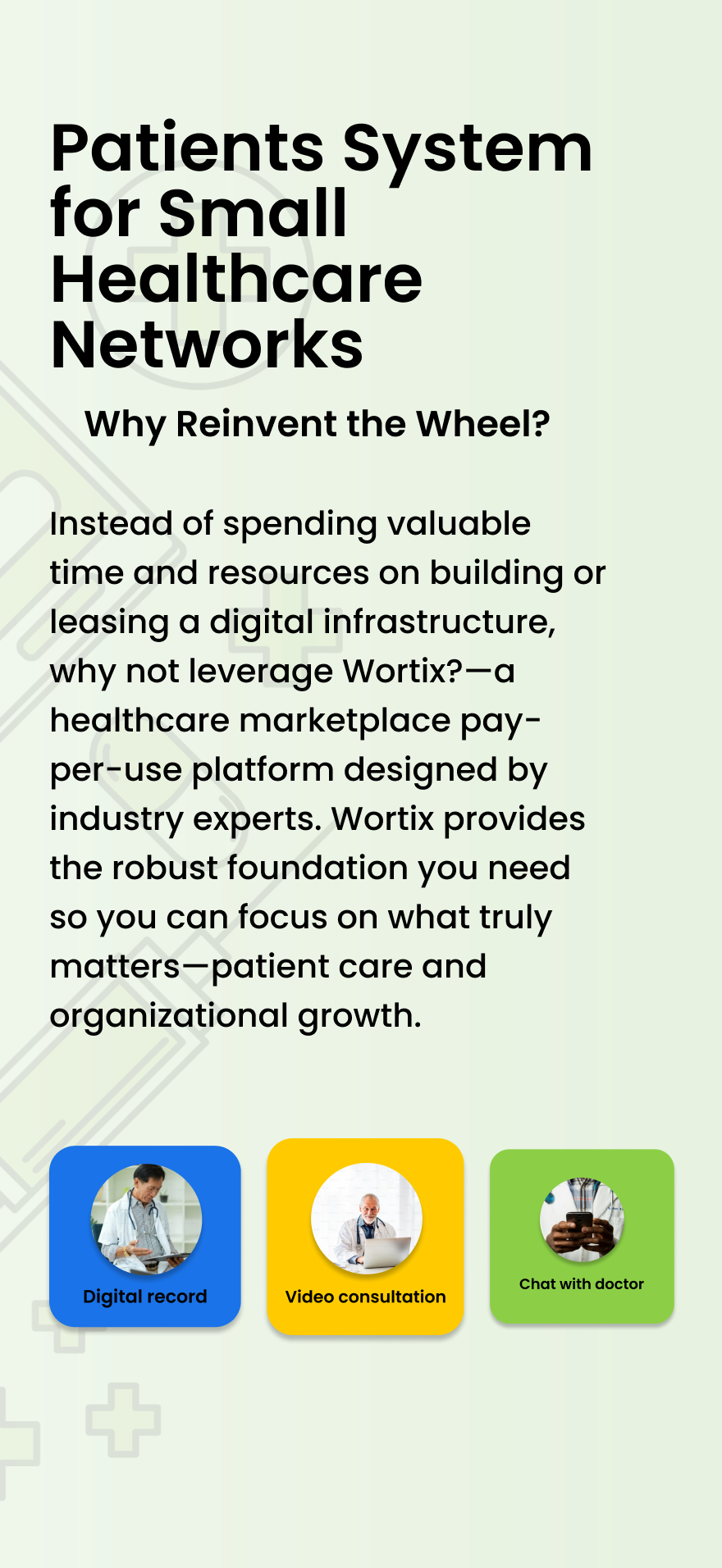In the current healthcare landscape, health organizations recognize the pressing need to enhance collaboration to deliver more comprehensive and efficient services. In this regard, various key functions play a crucial role in this process. These functions, performed by the involved stakeholders, include effective communication, activity coordination, setting common goals and objectives, exchanging information and resources, as well as the active participation of health organizations.
By focusing on these functions, organizations can strengthen their collaboration, improve the quality of care, optimize available resources, and achieve better health outcomes for patients. Consequently, understanding and applying these key functions have become essential to promote successful collaboration among health organizations for the benefit of the community at large.
Key Functions for Collaboration Among Healthcare Organizations
To enhance collaboration among health organizations, key functions facilitating seamless communication and effective coordination must be incorporated. Among these essential functions are:
Integrated communication platform
Implement a digital platform enabling instant and secure communication among various healthcare professionals. This includes the ability to efficiently share relevant information.
Shared electronic patient record
Establish an electronic record system that is accessible and shareable among different organizations. This ensures that all involved healthcare professionals have access to the most updated patient information.
Standardized protocols
Adopt common protocols and standards for data management and patient care. This facilitates interoperability between different systems and ensures a consistent understanding of procedures and treatments.
Real-Time collaboration platform
Introduce a platform allowing real-time collaboration among healthcare professionals, even during emergency situations. This enhances responsiveness and joint decision-making.
Task management system
Implement a system allowing the assignment and tracking of specific tasks, ensuring an equitable distribution of responsibilities and preventing duplications in patient care.
Continuous training
Provide ongoing training programs for healthcare staff emphasizing the importance of interorganizational collaboration. This helps foster a culture of teamwork and keeps professionals updated on best practices.
Collaborative data analysis
Encourage collaboration in data analysis to identify trends and enhance healthcare outcomes. Sharing findings and best practices can drive the quality of care.
Secure access to external platforms
Establish robust security measures to ensure secure access to external platforms. This is crucial to safeguard the privacy and integrity of patient information during interorganizational collaboration.
By integrating these functions, health organizations can strengthen their ability to collaborate effectively, thereby improving the quality of healthcare and providing a more comprehensive approach to patient well-being.
How is collaboration success measured?
Assessing collaboration among health organizations can be challenging due to its complex and multifaceted nature. However, various metrics and approaches can be employed to evaluate and measure its effectiveness. Some key metrics and approaches include:
Health Outcomes: A key indicator of collaboration success is its impact on patient health outcomes. Metrics may include improved health indicators, reduced mortality, or decreased hospital readmission rates, providing a tangible measure of collaboration success.
Patient Satisfaction: Patient satisfaction is another crucial indicator. Surveys and satisfaction assessments can gather patient feedback on their experience within the collaborative healthcare system, evaluating how collaboration directly influences patient experience and satisfaction.
Efficiency and Costs: Effective collaboration among health organizations can impact operational efficiency and costs. Metrics such as reduced waiting times, decreased healthcare costs, or optimized shared resources can be analyzed to assess if collaboration is generating improvements in this aspect.
Process Indicators: Key performance indicators related to collaboration processes, such as frequency and quality of interorganizational communication, active team member participation in collaborative activities, or adherence to set deadlines and goals, provide insights into the practical development of collaboration.
Evaluation of Collaboration Impact: In addition to quantitative metrics, qualitative evaluations are essential to understanding collaboration impact. Collecting testimonials and feedback from involved healthcare professionals identifies perceived benefits and challenges in the collaboration process.
It’s important to note that measuring collaboration success among health organizations should be a holistic approach, considering multiple dimensions, both quantitative and qualitative. Additionally, metrics and evaluation approaches may vary depending on the collaboration’s specific goals and scope.
Tools or Methodologies for Measuring Success
The choice of tools or methodologies depends on collaboration scope, objectives, and available resources for evaluation. Some include:
- Balanced Scorecard (BSC): BSC measures an organization’s performance in various key areas. It can be adapted to assess the success of collaboration between health organizations, defining performance indicators in aspects like health outcomes, patient satisfaction, operational efficiency, and interorganizational collaboration.
- Health Network Assessments: These evaluations focus on measuring the effectiveness and impact of collaborative networks among health organizations. They use tools such as structured questionnaires or interviews to gather data on network structure, communication, coordination, decision-making, and achieved outcomes, offering a comprehensive view of collaboration performance.
- Collaboration Index: Some organizations may develop specific indices to measure collaboration among health organizations. These indices can combine multiple indicators and metrics to evaluate various collaboration aspects, such as coordination, communication, information exchange, and outcomes.
- Impact Assessments: Impact assessments can measure changes and results generated by collaboration among health organizations. This involves comparing data before and after collaboration implementation, identifying key indicators and using rigorous evaluation methods to determine the impact on health outcomes and other relevant aspects.
- Participant Feedback Evaluations: Collecting feedback from healthcare professionals and other involved actors in collaboration can be a valuable information source. Surveys, interviews, or focus groups can provide insights into collaboration effectiveness, challenges faced, and areas for improvement.
It’s essential to tailor these tools and methodologies to the specific needs and characteristics of collaboration among health organizations.
Final Reflections
Effective collaboration among health organizations has become essential to address the complex and evolving challenges of the healthcare system, with these key functions playing a crucial role in achieving that goal.
By fostering these functions, health organizations can strengthen their collaboration, improve the quality of care, optimize resources, and achieve better health outcomes for patients.
These functions not only enhance operational efficiency but also deliver more effective outcomes and higher-quality healthcare for the community at large.
Connect with the digital health revolution. Wortix, the global healthcare network, is leading the way toward a healthier future. Discover how Wortix can connect healthcare services in a single digital environment, providing comprehensive and personalized healthcare.
**
Reference:
https://hbr.org/2022/03/how-collaboration-can-drastically-improve-u-s-health-care
https://bmcpublichealth.biomedcentral.com/articles/10.1186/s12889-021-10630-https://www.sciencedirect.com/science/article/abs/pii/S1939865416301175















